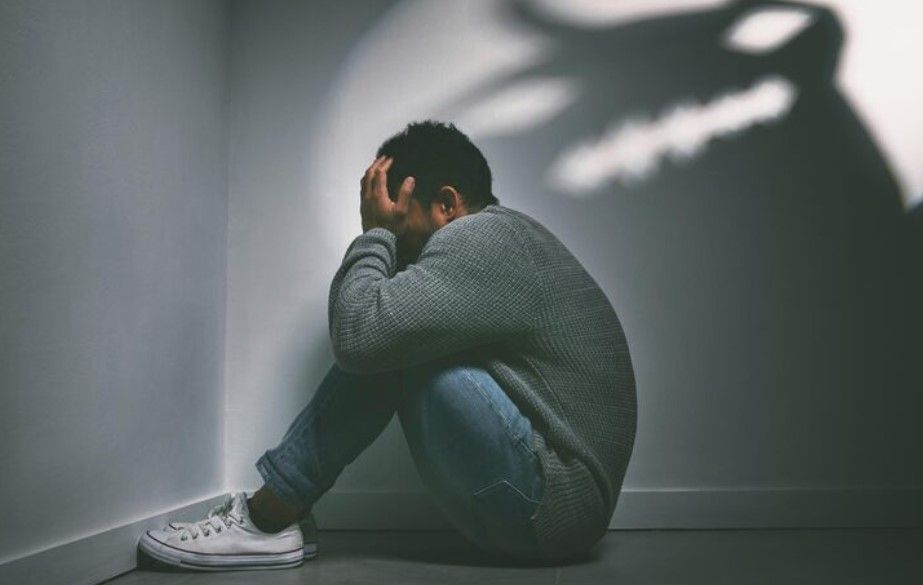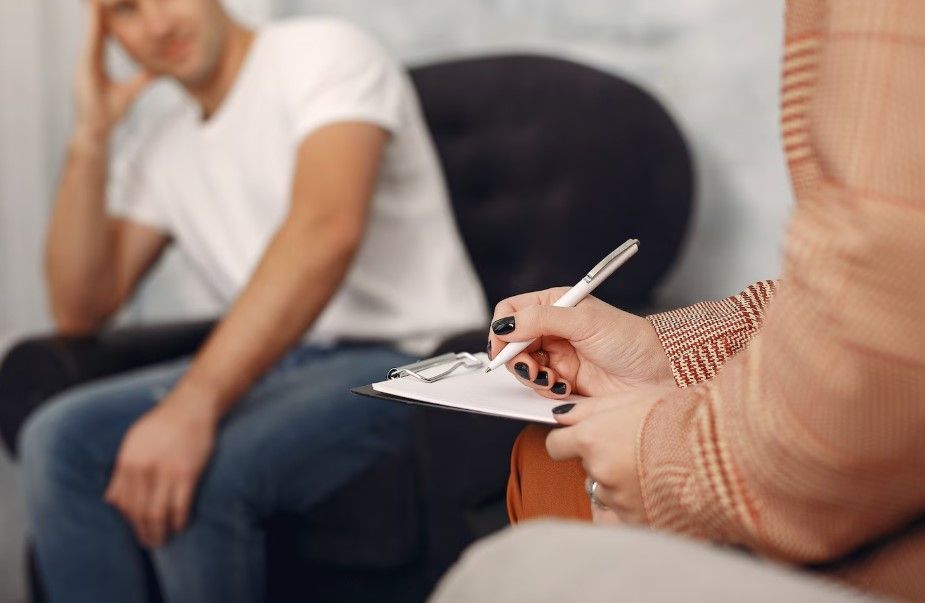Body Dysmorphia and Its Connection to Disordered Eating: A Hidden Struggle Beneath the Surface
Body dysmorphia and disordered eating often go hand in hand, feeding off each other in a cycle that can deeply affect a person's mental and physical health. At its core, this intersection reflects a distorted relationship with one’s body, identity, and self-worth—shaped by internal struggles and reinforced by external pressures. Understanding this connection is essential for fostering empathy, improving diagnosis, and offering paths to recovery.

What Is Body Dysmorphia?
Body dysmorphic disorder (BDD) is a mental health condition where a person becomes excessively preoccupied with perceived flaws in their appearance. These flaws are often minor or even invisible to others but feel overwhelmingly real to the person experiencing them. This condition goes beyond typical body dissatisfaction—it can lead to compulsive behaviors like mirror checking, skin picking, or avoiding social interactions entirely.
The Pressure to Conform
Body dysmorphia is often influenced by unrealistic beauty standards, social media comparison, and trauma. These influences can warp a person’s perception of how their body should look, leading to chronic dissatisfaction. When self-worth becomes tied solely to appearance, it sets the stage for unhealthy coping mechanisms—including disordered eating.
Disordered Eating: A Coping Strategy
Disordered eating refers to a range of behaviors—from restrictive dieting and binge eating to purging and obsessive control of food intake—that fall outside healthy norms. These behaviors aren’t just about food; they’re attempts to manage emotions, gain control, or “fix” perceived body flaws. For someone experiencing body dysmorphia, disordered eating may feel like the only available route to achieving a sense of self-acceptance.
The Vicious Cycle
Here’s how the connection often unfolds:
- A person develops distorted thoughts about their body, fueled by shame, anxiety, or comparison.
- They engage in restrictive eating, purging, or excessive exercise to fix or change those perceived flaws.
- Temporary feelings of control may surface, but they are usually followed by guilt, further dissatisfaction, and deeper fixation on physical appearance.
- The cycle repeats, reinforcing both the body image distortion and the disordered behaviors.
Over time, this cycle can lead to serious psychological and physical consequences, including malnutrition, depression, isolation, and even suicidal ideation.
Breaking the Pattern
Healing requires a multifaceted approach:
- Therapy, especially cognitive behavioral therapy (CBT), helps reframe distorted thoughts and challenge harmful beliefs.
- Nutritional counseling supports a healthier relationship with food and body nourishment.
- Mindfulness and self-compassion practices guide individuals toward acceptance beyond appearance.
- Support networks, including family, peer groups, or online communities, offer understanding and encouragement.
Recovery is not linear. But with the right support, people can move from self-loathing toward a more compassionate and empowered self-view.
Conclusion
Body dysmorphia and disordered eating are more than personal battles—they reflect broader issues in how society treats appearance and worth. By recognizing their connection and exploring them with empathy and awareness, we can help break the silence, dismantle stigma, and pave the way for healing. Every body deserves peace, and every person deserves to feel whole.
CATEGORIES












